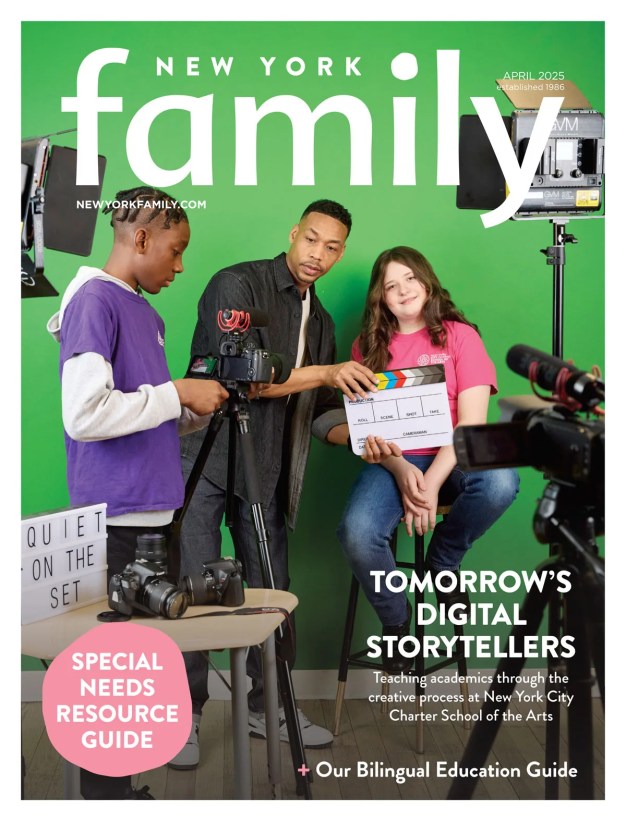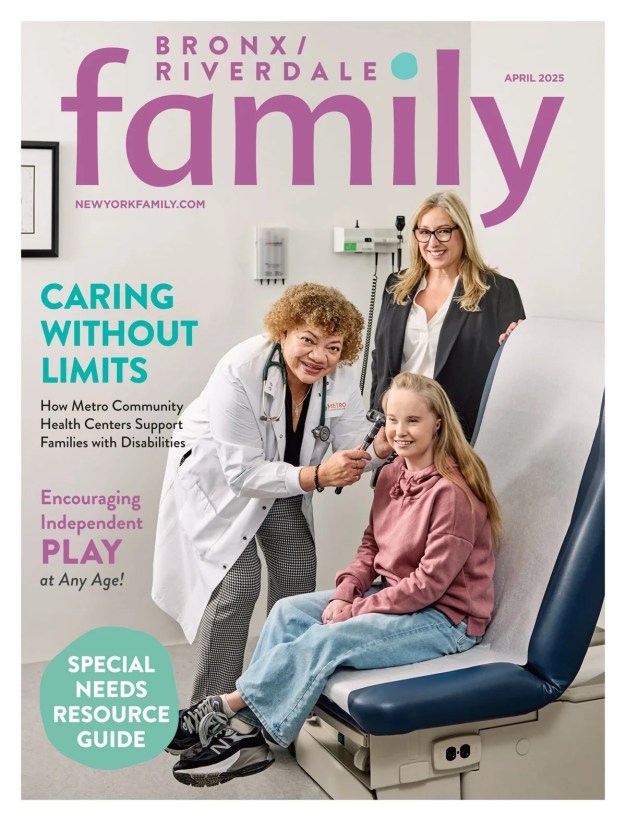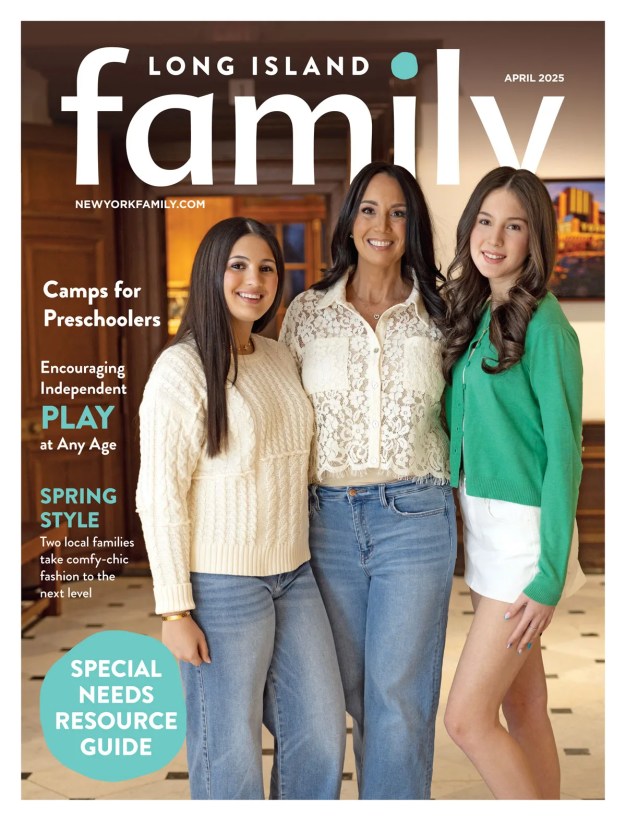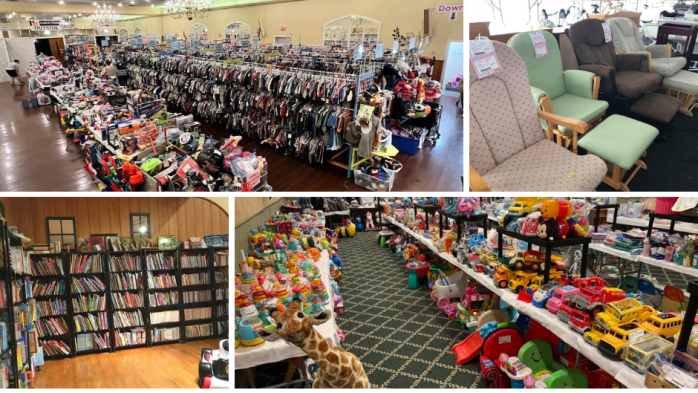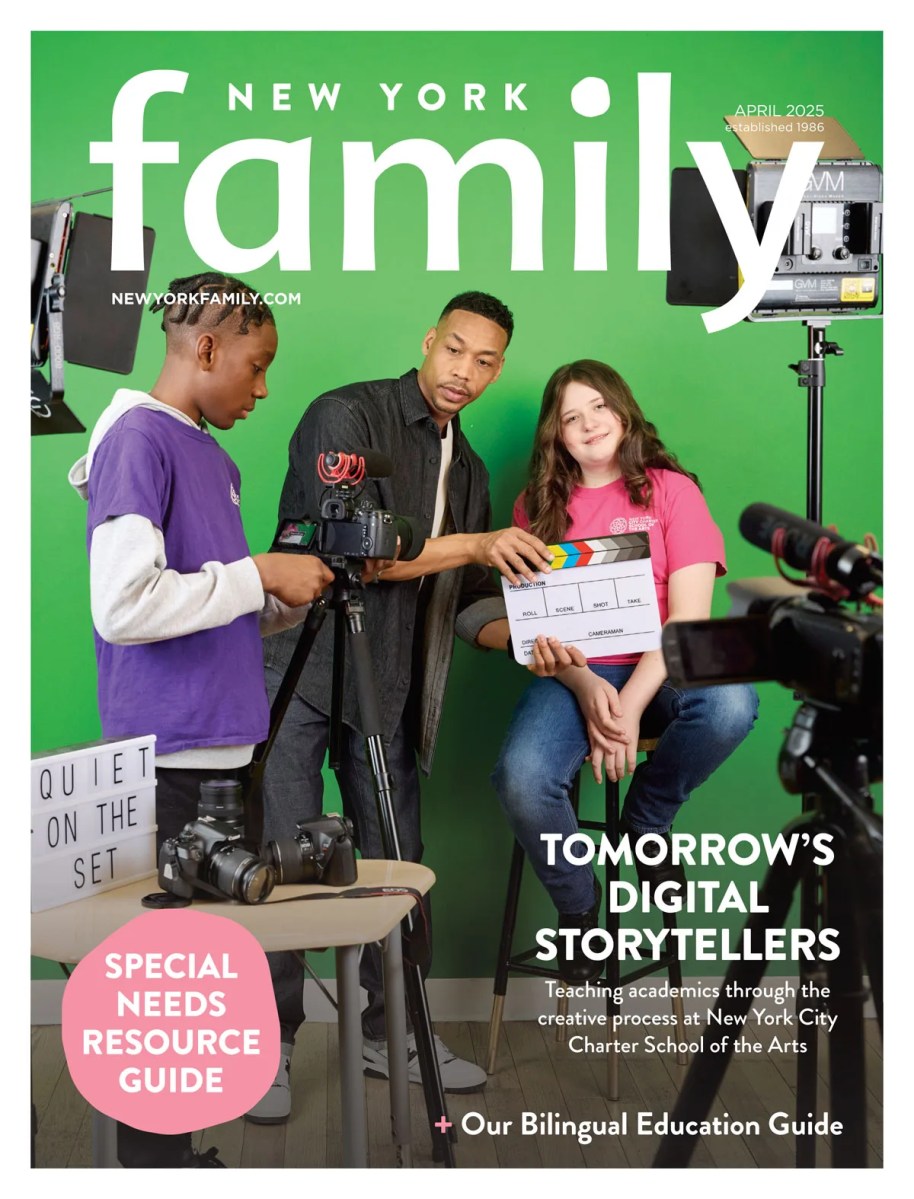Kids go to camp in the summer, but selecting a camp and getting your child excited for it are tasks that should be on your radar during the entire year. Spending a little time each month on prep work will pay off during the warm-weather months, when your child is at a camp that’s in line with his needs and interests, and having a wonderful time. These simple steps from the American Camp Association will ensure your child has her best summer camp experience yet!
Planning for Camp in July
Schedule tours of prospective camps (if possible, take your child along). This is the best time to visit, says Renee Flax, director of camper placement for the American Camp Association, NYNJ: “You get to see a camp live and in action. You see exactly what it looks and feels like in real time.” Look into whether your child can attend a “rookie day” at the camp—a daylong visit where he can enjoy all the activities and sample life as a camper. Sleepaway camps will sometimes offer overnight visits as well for a nominal charge, Flax says. If you decide to send your child there, certain camps will even deduct the fee from your tuition.
Planning for Camp in August
If your child attended a camp this summer, sit her down after it ends and start assessing whether it’s still the right fit for her going forward. What did she enjoy, and what didn’t she like? If she could change one thing about camp, what would it be?
Planning for Camp in September
Fill out any surveys your child’s camp has sent. Be honest when offering information about your child’s experiences over the past summer—“the only way camps can improve and enhance their program is if they get accurate feedback from families,” Flax says. “Otherwise they are working in the blind.” You can also address problems directly with the camp director and ask, “Is there any way we can work around this for next year?” if you’re thinking of sending your child there again.
Planning for Camp in October
If they haven’t already started, many camps will be holding fall festivals and open houses for prospective campers. Attend some with your child: “You can get a great tour of the facilities, and they will have staff there, and fun activities,” Flax says. If you make up your mind about sending your child to a certain camp, ask if signing up now will score you an early-bird discount, or whether you can work out a payment plan.
Planning for Camp in November
Go to any late-fall camp festivals and open houses that are still running. If you’ve decided on a camp for your child, begin talking it up to build his excitement about what he’ll be doing next summer.
Planning for Camp in December
Start attending local camp fairs. Multiple camps are present at these indoor events, which means “you can talk to ten, twelve, even fifteen camps all at once, saving you a tremendous amount of time,” Flax says. In addition to learning about each camp’s facilities and philosophies, share information about your child’s personality and hopes for camp with the staffers. “Let them tell you whether or not they think they would be a good fit,” Flax recommends.
Planning for Camp in January
If you were too busy to visit camp fairs during the holiday season, now’s your chance. Also take some time to start reviewing any brochures, DVDs, or other informational materials you pick up at these expos.
Planning for Camp in February
Continue reviewing informational materials you picked up at fairs, or requested by mail. If you know other families with values similar to yours, ask the parents what camps they sent their kids to, and why. You may find some new leads that way; “parents tend to be very honest with each other about their kids’ camping experiences,” Flax notes.
Planning for Camp in March
Thinking of an overnight camp for your child? See if the camp director or another key staffer will pay a visit to your home for a 1-on-1 meeting. This is a service many overnight camps provide, “and it’s a great thing, especially if you haven’t gone to visit the camp in the summer.” The staffer will spend about an hour with you, telling you more about the camp and finding out more about your child and family. “If you do pick them, it will give them great insight into what would be a good bunk placement for your child,” Flax shares. Make sure you’ve scheduled your child’s annual physical exam if you haven’t already. You’ll want to make sure your child is healthy and lice-free, and camps require the exam records.
Planning for Camp in April
Camps start having spring festivals right about now—visit any you missed in the fall, or have a second look around if you need to. And if you’ll be sending your kid to an overnight camp, “make sure she’s okay sleeping at someone else’s house, whether it’s a grandparent’s or friend’s,” Flax advises. The more practice she gets, the more easily she’ll adjust to sleeping at camp.
Planning for Camp in May
By now you’ve likely chosen a camp. There may be a welcome barbecue or other event for newbies, which you and/or your child should make a point of attending if possible. Encourage your child to share any fears or hesitations he has about camp, so you can get them cleared up with the staff. Anxious kids can often be teamed up with “big brother” or “big sister,” an older camper who can call them in advance and give them their perspective on camp—ask if it’s possible. If your child will be going to sleepaway camp, “make sure he can take care of his basic needs,” Flax recommends. “He’ll have to figure out how to take a shower and wash his hair on his own and brush his teeth consistently. And does he know how to make his bed?” Order camp merchandise if needed. Pack overnight camp trunks; include your child in the process to build excitement (and to help him recognize his belongings once he’s at camp!)
Planning for Camp in June
Finish packing day-camp backpacks. Take care of last-minute things that may be hard to do once your child is busy, such as getting her a haircut. If the camp gave your child a T-shirt, let her start wearing it to school and out, to help her get used to the idea of being a camper, and get her excited about it. Put camp magnets on the refrigerator and decals on your car to show your child that there’s a buy-in for the whole family.
